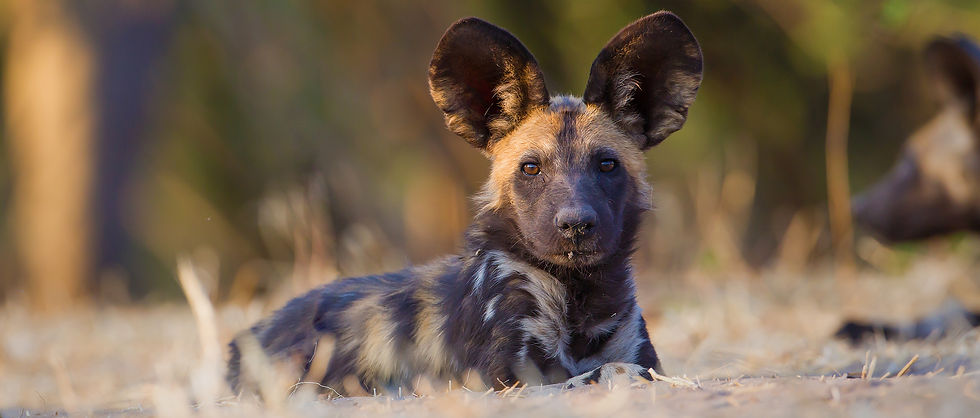The Siberian Tiger: A Fragile Giant of the Taiga
- Malcolm Myers
- 3 days ago
- 1 min read
The Siberian Tiger: A Fragile Giant of the Taiga
The Siberian tiger (Panthera tigris altaica), the world’s largest big cat, is a majestic yet endangered subspecies native to the snowy forests of the Russian Far East and northeastern China. With fewer than 600 individuals left in the wild, this iconic predator faces relentless threats from poaching, habitat loss, and climate change 23.
Habitat and Adaptations
Siberian tigers thrive in the harsh climates of the Primorye and Khabarovsk regions, where their thick fur and large size—males can weigh up to 660 pounds—help them survive temperatures as low as -40°F. They primarily prey on deer, wild boar, and even small bears, requiring vast territories of up to 4,000 square miles per individual 25.
Conservation Challenges
Poaching: Despite stricter laws, tiger parts (bones, skins) remain lucrative in illegal markets, driven by demand for traditional medicine 38.
Habitat Fragmentation: Logging and infrastructure projects disrupt forest corridors, isolating populations and reducing genetic diversity 9.
Climate Change: Rising temperatures threaten the Korean pine forests, a keystone species that supports the tiger’s prey base 3.
Hope for Recovery
Conservation efforts, like Russia’s anti-poaching patrols and China’s habitat restoration, have stabilized populations. The TX2 initiative aims to double wild tiger numbers, with Siberia seeing modest gains 19. However, long-term survival depends on global action to curb illegal trade and protect critical ecosystems.
The Siberian tiger’s future hinges on balancing human progress with wilderness preservation.





Comments